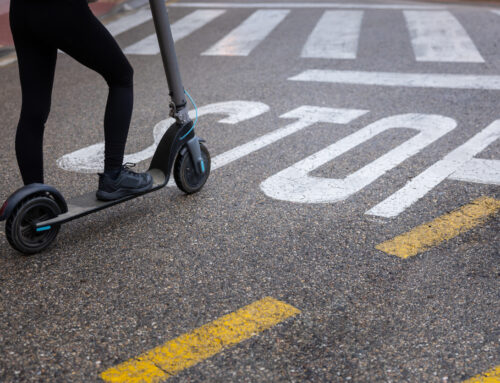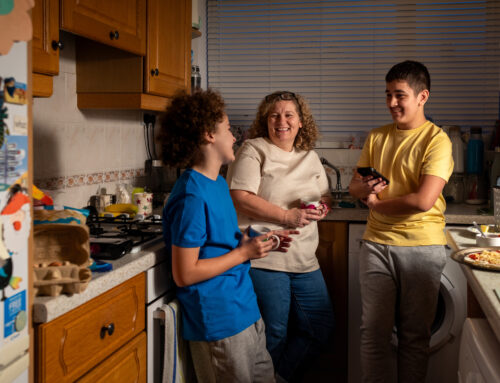What are the Six Types of Peer Pressure?

Peer pressure, or influence, comes in several forms, and these types of peer pressure can have a tremendous impact on a young person’s behavior. Research shows the most impressionable age for peer influence seems to be the middle school years. This is when a child is forming new friendships and choosing an identity among those friends.
It is also the most common age for kids to start experimenting with alcohol, drugs, sexual activity and other risky behaviors. Very often, the drive to engage in this kind of behavior is a result of peer pressure. Adolescents who have larger circles of friends appear to be less influenced by the suggestions or actions of their peers, but the pressure to conform is very real at this age.
Here’s a breakdown of six types of peer pressure, and tips for parents who want to help their child make healthy, life-long choices.
1. Spoken Peer Pressure
Spoken peer pressure is when a teenager asks, suggests, persuades or otherwise directs another to engage in a specific behavior. If this is done in a one-on-one environment, the recipient of the influence has a stronger chance of adhering to his or her core values and beliefs. If, however, the spoken influence takes place within a group, the pressure to go along with the group is immense.
2. Unspoken Peer Pressure
With unspoken peer pressure, a teenager is exposed to the actions of one or more peers and is left to choose whether they want to follow along. This could take the form of fashion choices, personal interactions or ‘joining’ types of behavior (clubs, cliques, teams, etc.). Many young teens lack the mental maturity to control impulses and make wise long-term decisions. Because of this, many teens are more susceptible to influence from older or more popular friends.
3. Direct Peer Pressure
This type of peer pressure can be spoken or unspoken. Direct peer pressure is normally behavior-centric. Examples of these kinds of behavior would be when a teenager hands another teen an alcoholic drink, or makes a sexual advance, or looks at another student’s paper during a test. The other teen is put in a position of having to make an on-the-spot decision.
4. Indirect Peer Pressure
Similar to unspoken peer pressure, indirect peer pressure is subtle but can still exert a strong influence on an impressionable young person. When a teen overhears a friend gossiping about another person and then reacts to the gossip, that is indirect peer pressure. Or if a middle schooler learns that the popular kids’ parties include alcohol or drugs, that indirect pressure may prompt them to experiment as a way to gain acceptance.
5. Negative Peer Pressure
Asking a young teenager to engage in behavior that is against their moral code or family values is a type of negative peer pressure. Teens see the actions of other teens with stronger personalities and are put in a position of following the leader or walking away. It’s not uncommon for teens with strong morals to find themselves engaging in behavior that goes against their beliefs, simply because they want acceptance. Young people often lack the skills to come up with an excuse or reason to say no to negative peer pressure.
6. Positive Peer Pressure
A group dynamic can be a positive peer influence if the behaviors are healthy, age-appropriate and socially acceptable. For instance, if a peer group wants to make good grades, a young teen can be positively influenced to study. Or if a popular friend wants to earn money and save to buy a car, a less outgoing teenager may also be influenced to get a job and open a savings account. If members of the football team take a pledge to abstain from drinking alcohol to focus on staying healthy and having a winning season, other students may adopt the same behavior.
Parents Can Be the Most Powerful Influence in a Teen’s Life
Parents can be the strongest influence in their child’s life if they understand and are aware of the types of peer pressure their teenager is facing. Supporting healthy friendships, modeling responsible behavior and keeping an open, judgment-free family dialogue are three key components of maintaining positive parental influence on a teenager.
Take the time to talk it out with your teen and ask them about types of peer pressure they may be facing. Check out our conversation starters if you need some advice on how you can kick things off.



